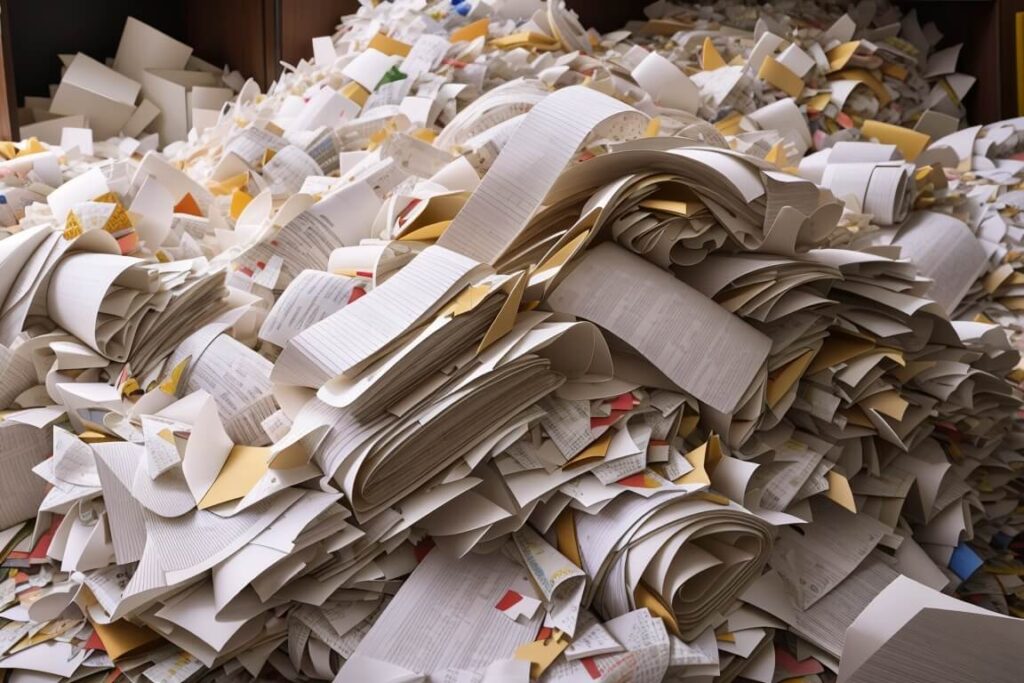In an era where environmental consciousness is paramount, innovation that reduces waste and conserves resources takes center stage. One such groundbreaking technology making waves in this regard is Liquid Crystal Paper. It’s not just about convenience and interactivity; it’s about reducing our ecological footprint.
Paper has been an integral part of human communication and documentation for centuries. The paper industry is a significant contributor to deforestation, energy consumption, and water pollution. Enter Liquid Crystal Paper, a promising alternative that’s challenging the status quo.
Reducing Paper Waste
The most evident environmental benefit of Liquid Crystal Paper is its potential to significantly reduce paper waste. Traditional paper books, newspapers, and documents have a limited lifespan and often end up in landfills. Liquid Crystal Paper offers a sustainable alternative.

Liquid Crystal Paper screens are designed to be highly durable and can be used thousands of times without deterioration. Students can access their textbooks electronically, eliminating the need for the production and disposal of physical textbooks.
Liquid Crystal Paper enables textbooks to be updated in real-time. Instead of printing new editions, publishers can make revisions electronically, reducing the environmental impact associated with producing and distributing updated printed materials.
Students often carry heavy backpacks filled with textbooks. Liquid Crystal Paper allows them to carry a single lightweight device that contains all their educational materials, reducing the wear and tear on physical books and the need for constant replacements.
Notes and documents created on Liquid Crystal Paper can be easily organized and accessed electronically, reducing clutter and the need for physical filing systems.
Newspapers and magazines can offer digital subscriptions on Liquid Crystal Paper devices, reducing the production and distribution of physical copies.
Liquid Crystal Paper can make educational and informational content more accessible, which in turn can reduce the need for printed materials.
Energy Efficiency
Energy consumption in paper production and printing is substantial. Liquid Crystal Paper’s energy-efficient properties contribute to its eco-friendly credentials.
Liquid Crystal Paper devices require very little power to change and maintain their display, making them energy-efficient compared to traditional screens.
Since information can be displayed electronically on Liquid Crystal Paper, the energy-intensive processes of printing and ink production are minimized.
Forest Conservation
The paper industry is a significant driver of deforestation, endangering critical ecosystems and biodiversity. Liquid Crystal Paper offers a way to alleviate this environmental concern.
Liquid Crystal Paper’s potential to replace paper in various applications, from textbooks to newspapers, can reduce the demand for paper production, ultimately preserving our forests.
Protecting forests through reduced paper consumption also safeguards the diverse plant and animal species that call these ecosystems home.
Water Conservation
Paper production is water-intensive, with vast amounts of water used in the pulp and papermaking process. Liquid Crystal Paper’s eco-friendly aspects extend to water conservation.
Liquid Crystal Paper production processes typically require less water compared to traditional paper manufacturing, contributing to water conservation efforts.
The reduction in water usage also means less polluted wastewater entering rivers and streams, benefiting aquatic ecosystems.
Reducing Chemical Use
Traditional paper production relies on various chemicals, including bleaches and dyes, which can harm the environment. Liquid Crystal Paper offers a cleaner, greener alternative.
Liquid Crystal Paper screens do not require the use of chemicals like ink or bleach, reducing the environmental impact associated with chemical manufacturing and disposal.
Liquid Crystal Paper in Various Applications
The potential applications of Liquid Crystal Paper are wide-ranging, each with its own environmental implications.
Liquid Crystal Paper’s adoption in education can lead to a substantial reduction in paper waste, as textbooks and printed learning materials are replaced with digital alternatives.
Liquid Crystal Paper can revolutionize e-reader technology, providing a sustainable and paperless way to enjoy books and periodicals.
In businesses and public spaces, Liquid Crystal Paper-powered digital signage can replace traditional printed advertisements and reduce the need for paper posters.
Liquid Crystal Paper tablets can serve as eco-friendly alternatives to traditional notebooks and sketchpads, reducing the consumption of paper and wood products.
Challenges and Considerations
While the environmental benefits of Liquid Crystal Paper are promising, it’s essential to acknowledge potential challenges and considerations.

One of the prominent challenges associated with Liquid Crystal Paper is the management of electronic waste or e-waste. As Liquid Crystal Paper devices become more prevalent, their eventual disposal or recycling becomes an important concern.
As Liquid Crystal Paper devices reach the end of their lifecycle, they may contribute to the growing problem of e-waste, which includes discarded electronic devices. E-waste contains potentially hazardous materials and chemicals, posing environmental and health risks if not managed properly.
To maximize the eco-friendliness of Liquid Crystal Paper, it’s important to ensure that the energy used in the manufacturing and operation of these devices comes from sustainable sources. Utilizing renewable energy, such as solar or wind power, can significantly reduce the carbon footprint associated with Liquid Crystal Paper production and use.
Continuous efforts to improve the energy efficiency of Liquid Crystal Paper screens are essential. Lowering power consumption during operation and standby modes can further reduce their environmental impact.
The materials used in the production of Liquid Crystal Paper must be sourced and managed carefully to minimize environmental harm.
The materials, including the liquid crystals, substrates, and electronic components, should be sourced from suppliers committed to sustainable and ethical practices. This includes responsible mining, reduced use of rare materials, and consideration of worker conditions.
Conducting a comprehensive life cycle assessment of Liquid Crystal Paper, from raw material extraction to manufacturing, use, and disposal, is crucial. This assessment can identify areas where environmental impact can be reduced and guide improvements in the production process.
Governments and international bodies should enact and enforce regulations that address e-waste management and recycling. These regulations can encourage responsible disposal and incentivize manufacturers to design products with recyclability in mind.
Liquid Crystal Paper represents a significant step forward in the quest for eco-friendly technology solutions. Its potential to reduce paper waste, energy consumption, deforestation, and chemical use makes it a promising green technology with far-reaching environmental benefits. While challenges exist, the overall impact of Liquid Crystal Paper on our planet’s health and sustainability is a compelling reason to embrace this innovation. As we continue to advance this green technology and incorporate it into various aspects of our lives, we move closer to a more environmentally conscious and sustainable future.
